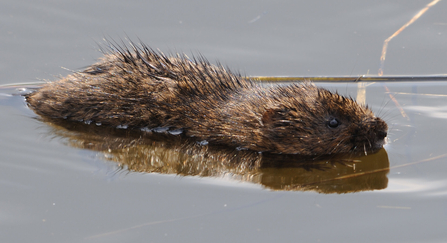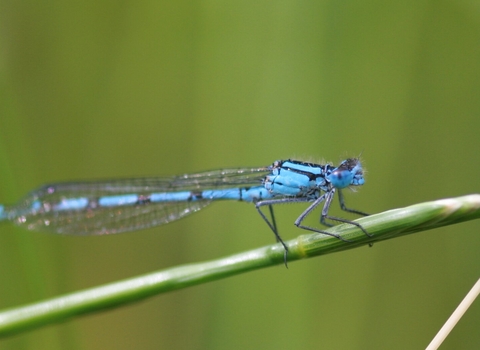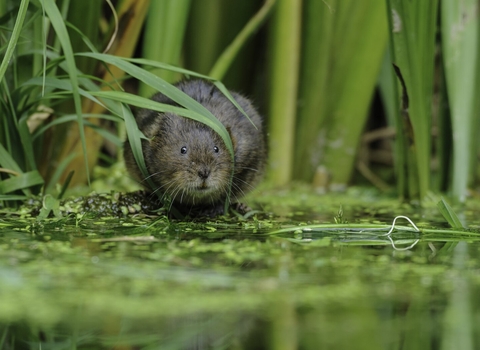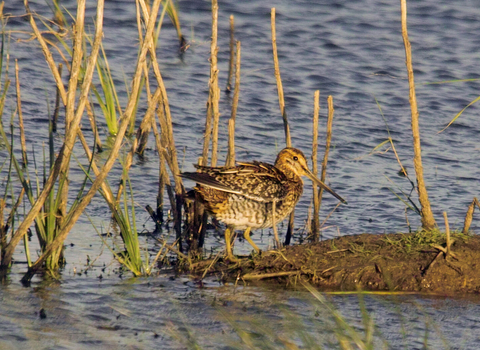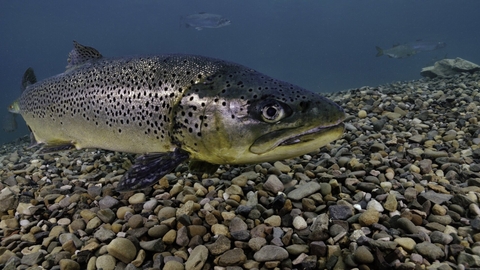
Brown Trout (Salmo trutta) in a disused quarry, England: Lancashire, Carnforth, Capernwray, Jackdaw Quarry, August - Linda Pitkin/2020VISION
Llyn Eiddwen, Bronnant, Ceredigion
Location
Know before you go
Dogs
When to visit
Opening times
Open access reserveBest time to visit
All yearAbout the reserve
The lake is some 10.5 ha in extent with a maximum depth of c. 7 m. The site is remarkable for its flora, supporting abundant stands of Water Lobelia with carpets of Shoreweed, Spring Quillwort and Quillwort, and Awlwort here at one of its southernmost stations in the United Kingdom, where it forms a curious association with Floating Water-plantain.
At the southern end, there are extensive beds of emergent Bottle Sedge and Water Horsetail which grade into the bog vegetation at the top end of the lake dominated by Cotton grass and bog moss Sphagnum sp.
The lake is important locally for wintering wildfowl, including Coot, Mallard, Pochard, Teal, and Wigeon with part of the flock of Whooper Swan which winter in central Ceredigion. Black-throated Diver and Green-winged Teal have visited the lake in recent years.
The site holds a good variety of aquatic invertebrates including Keeled Skimmer, and the sponge-feeding caddis fly Ceraclea fulva being of particular interest. Water Voles inhabit the vegetated shoreline.
The lake waters host populations of native Brown Trout, Pike, Minnow and Three-spined Stickleback.
he surrounding area of upland heathland and acidic grassland is typical of this part of mid Wales and is common land. Most is an unimproved sward of Mat Grass which grades into Mat Grass-Bilberry heath with Heath Bedstraw, Sheep’s Fescue and Tormentil. There are also areas of Heather.
North of the lake is small valley mire complex with a good cover of Bog Mosses with much Cotton Grass and also Bog Asphodel, Cranberry, and Round-leaved Sundew. HOWEVER BEWARE VERY SOFT GROUND IN PLACES.

